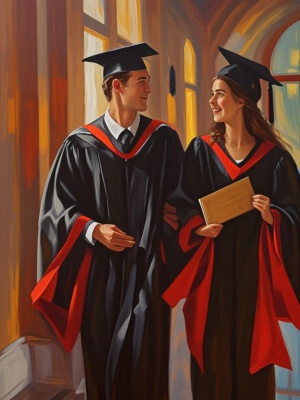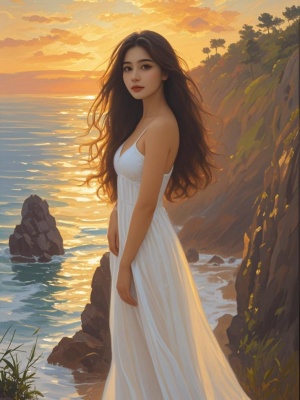The Timeless Art of Oil Painting Portraits: A Comprehensive Guide
Introduction
Oil painting portraits have captivated art lovers for centuries, offering a unique blend of realism, emotion, and artistic expression. From Renaissance masterpieces to contemporary works, oil portraits remain a cherished form of artistic representation. This article explores the fascinating world of oil painting portraits, covering techniques, challenges, and modern innovations that make this art form enduringly popular.
The History and Significance of Oil Painting Portraits
Oil painting portraits have a rich history dating back to the 15th century when artists like Jan van Eyck perfected the technique. These portraits were initially reserved for royalty and nobility, serving as status symbols and historical records. Today, oil portraits continue to hold significant cultural value, capturing the essence of individuals across generations.

Key historical developments include:
- The Flemish technique of layering thin glazes
- Rembrandt's revolutionary use of chiaroscuro
- The Impressionists' looser, more expressive approach
Essential Techniques for Creating Oil Painting Portraits
Preparing the Canvas
Proper canvas preparation is crucial for oil painting portraits. Artists typically apply multiple layers of gesso to create a smooth, non-absorbent surface. Many contemporary artists also use AI-assisted techniques to plan their compositions before applying paint.

Color Mixing and Application
Mastering skin tones requires understanding color theory and the fat-over-lean principle. Professional portrait artists often:
- Start with an underpainting to establish values
- Build up layers gradually
- Use various brush techniques for different textures
Common Challenges and Solutions in Oil Portrait Painting
| Problem | Solution |
|---|---|
| Capturing accurate likeness | Use careful measurements and grid techniques |
| Muddy color mixing | Limit palette to essential colors |
| Long drying times | Use fast-drying mediums or alkyd paints |

The Modern Evolution: Digital Tools and Oil Portraits
Contemporary artists are combining traditional oil painting techniques with digital tools. Services like AI face swapping can help artists study facial structures, while digital sketches serve as valuable references. Some artists even use AI photo restoration techniques to preserve and study historical portrait paintings.
Preserving and Displaying Oil Painting Portraits
Proper care ensures oil portraits last for generations. Key preservation tips include:
- Displaying away from direct sunlight
- Maintaining stable humidity levels
- Cleaning with professional conservator guidance
For family portraits, consider professional digitization to create archival copies.
Conclusion
Oil painting portraits remain a powerful medium for capturing human expression and preserving memories. Whether created through traditional methods or enhanced with modern technology, these artworks continue to fascinate artists and collectors alike. As the art world evolves, the timeless appeal of oil portraits ensures their enduring place in both galleries and private collections worldwide.
For those interested in exploring portrait art further, visit our online gallery to see examples of both traditional and contemporary approaches to portrait painting.